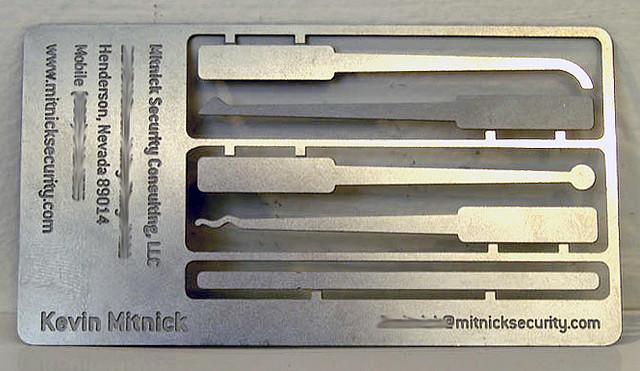Simplify and Streamline
Time is Money

- Run an Internet Search on participants that RSVP. You will save hours per month in small-talk/lead-up chats if you recognize someone that you researched and lead the conversation. Websites and social networks offer powerful tools to research their backgrounds, current and previous colleagues, as well as activity preferences.
- Takes notes as you go: It is often difficult to clearly remember the details from a conversation when it is time to follow up. If the only thing you recall is what’s written on their business card—take 30 seconds after each conversation to make notes on the back of their card.
- Listen for whether or not you would enjoy doing business with them. Quit sizing everyone up based on whether you can sell them what you offer. Start to consider if you would enjoy doing business with them, and then look for complementary opportunities. When you really listen to them, you will hear the buying signals given by a potential client.
- Always have a prepared exit strategy: When you’re stuck, standing in front of a time waster—listen to their story, give a referral… and walk away. Again, a referral is a great escape. You don’t have to refer a real person by passing on their contact information, home address, and children’s names. A business concept, a potential income channel, or an introduction to another networking group (that is full of time wasters like them) all work well—as long as “excuse me” is immediately followed by walking away.
For Instance: Your Brand is a Hook
Personally, I have used a thick transparent business card. When I pass it out, people study it intently. They also seem to hold on to them longer than any previous card used. It’s a hook; an aid to remember me by. The upside potential of this card easily outweighs the When I’m complemented on a ‘cool card’, I just say, “thanks, I’m in sales and marketing”.
Every brand has a different type of hook that will both represent what you do and fit into your budget.
